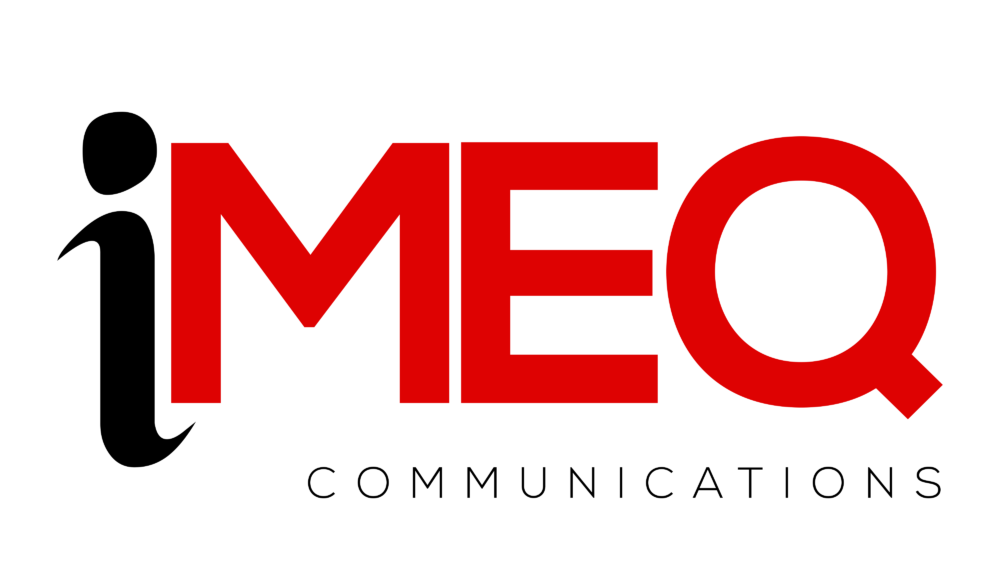
Running effective ad campaigns is crucial for businesses aiming to drive website traffic and achieve measurable results. Digital advertising offers an exceptional ability to target specific audiences, deliver tailored messages, and measure outcomes with precision. Among the most popular platforms for running ads are Google Ads and Facebook Ads, each offering unique advantages that make them essential tools for marketers.
Google Ads, often referred to as pay-per-click (PPC) advertising, capitalizes on user intent by targeting individuals actively searching for specific products or services. On the other hand, Facebook Ads leverage the power of social media to create demand by reaching users based on their interests, demographics, and behaviors. Both platforms play important roles in digital marketing strategies, but choosing the right one depends on your goals, audience, and the nature of your campaign.
Understanding the distinctions between Google Ads and Facebook Ads is essential for ensuring maximum website traffic and ROI. While both are highly effective, they excel in different scenarios, making it important to know when and how to use each platform for the best results. Let’s understand the benefits of both platforms and the contexts in which they thrive.
1. Targeting User Intent with Google Ads
Google Ads are exceptional for capturing high-intent users i.e. people actively searching for specific solutions, products, or services. When a user types a query like “best laptops for students,” they are already looking to make a decision. This makes Google Ads an ideal choice for driving website traffic that is more likely to convert.
For businesses focused on generating immediate leads or sales, Google Ads offer precise results. Keywords are the critical aspects of this platform, enabling businesses to target users with specific search queries. By appearing at the top of search engine results pages (SERPs), businesses can ensure their website gets prime visibility.
2. Building Awareness with Facebook Ads
Unlike Google Ads, which cater to users with active intent, Facebook Ads excel at creating demand. Facebook Ads leverage detailed audience segmentation based on demographics, interests, behaviors, and even life events. This makes them a powerful tool for brand awareness campaigns and reaching potential customers who may not yet know about your business.
3. Cost-effectiveness and Budget Flexibility
Both Google Ads and Facebook Ads offer flexible budgeting options, but they cater to different pricing structures. Google Ads operates on a cost-per-click (CPC) model, where you pay for each click your ad receives. This makes it suitable for campaigns with a focus on high-quality traffic.
Facebook Ads, on the other hand, offer cost-per-impression (CPM) and cost-per-click options, making them more versatile for businesses looking to optimize reach and engagement. For small businesses or startups with limited budgets, Facebook Ads often provide a more cost-effective way to drive website traffic while building brand awareness.
4. Leveraging Visual Appeal with Facebook Ads
Visual storytelling is a hallmark of Facebook Ads. With formats like image ads, video ads, carousel ads, and story ads, businesses help create highly engaging campaigns that resonate with users on an emotional level. This ability to capture attention through creative content makes Facebook Ads particularly effective for visually driven industries like fashion, travel, and lifestyle.
5. Maximizing Local Reach with Google Ads
Google Ads are highly effective for businesses targeting local audiences. Features like Google My Business integration and location-based targeting ensure that your ads reach users searching for nearby services. This ability to capitalize on location-specific intent makes Google Ads a must-have for businesses with a strong local presence.
6. Incorporating Data and Analytics
Both platforms offer robust analytics, but their strengths lie in different areas. Google Ads provide insights into search behavior, keyword performance, and conversion rates, making it ideal for optimizing campaigns focused on intent-driven traffic.
Facebook Ads, on the other hand, excel in delivering audience insights. Marketers can analyze user engagement, demographic data, and campaign reach, helping them refine their targeting strategies. For businesses aiming to understand their audience better and craft personalized campaigns, Facebook Ads provide invaluable data.
7. Reaching Niche Audiences
For businesses catering to niche markets, Facebook Ads provide precise targeting capabilities. The platform’s advanced filters enable marketers to reach highly specific audiences, such as targeting based on specific interests. Google Ads, while also effective, are better suited for broader search intent.
8. Cross-Platform Advertising
While both platforms are powerful individually, they can work even better when combined. For instance, a campaign can start with Facebook Ads to build awareness and drive initial traffic, followed by Google Ads to capture users actively searching for your brand or related products. This cross-platform approach ensures you cover the entire customer journey, from awareness to consideration and conversion. By leveraging the strengths of both platforms, businesses can create a comprehensive strategy that maximizes website traffic and ROI.
Choosing between the two platforms isn’t about picking one over the other, it’s about understanding their unique strengths and aligning them with your campaign objectives. A well-rounded digital marketing strategy that leverages both Google Ads and Facebook Ads ensures you capture traffic from multiple touchpoints, ultimately maximizing ROI and building a strong online presence. With the world growing digitally, knowing when and how to use these platforms will give your business the competitive edge it needs to thrive.




